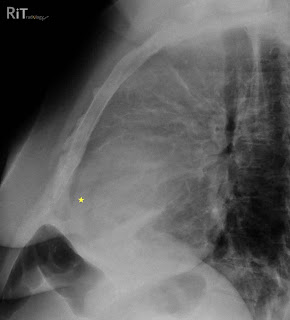
 Figures 1&2: Sagittal MR images in T1 (fig.1) and STIR (fig.2) show a heterogeneous para-articular mass (arrows) anterior to the ankle joint that demonstrates areas of internal low T1 and T2 signal intensity (arrowheads), consistent with hemosiderin deposits.
Figures 1&2: Sagittal MR images in T1 (fig.1) and STIR (fig.2) show a heterogeneous para-articular mass (arrows) anterior to the ankle joint that demonstrates areas of internal low T1 and T2 signal intensity (arrowheads), consistent with hemosiderin deposits.
- Inflammatory synovial lesion of unknown etiology
- Young to middle-aged adult, usually male
- Histology shows connective tissue hyperplasia, phagocytes and hemosiderin deposition
- Two types: localized and diffuse
- Common involvement: knee, hip, ankle/foot
- It is a "joint" disease that can produce mass and erode adjacent bones
- MRI is the imaging modality of choice for suspected case of PVNS
- Heterogeneous para/intra-articular soft tissue mass with low T1 and T2 signal (due to hemosiderin deposition)
- Blooming of low T2 areas in gradient echo imaging
- Diffuse intense enhancement
- Variable amount of joint effusion
- Imaging mimics: rheumatoid arthritis, hemophiliac joint, amyloidosis
Follow RiTradiology on Facebook, Twitter or Google Friend Connect






















